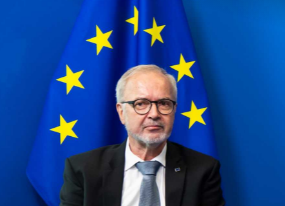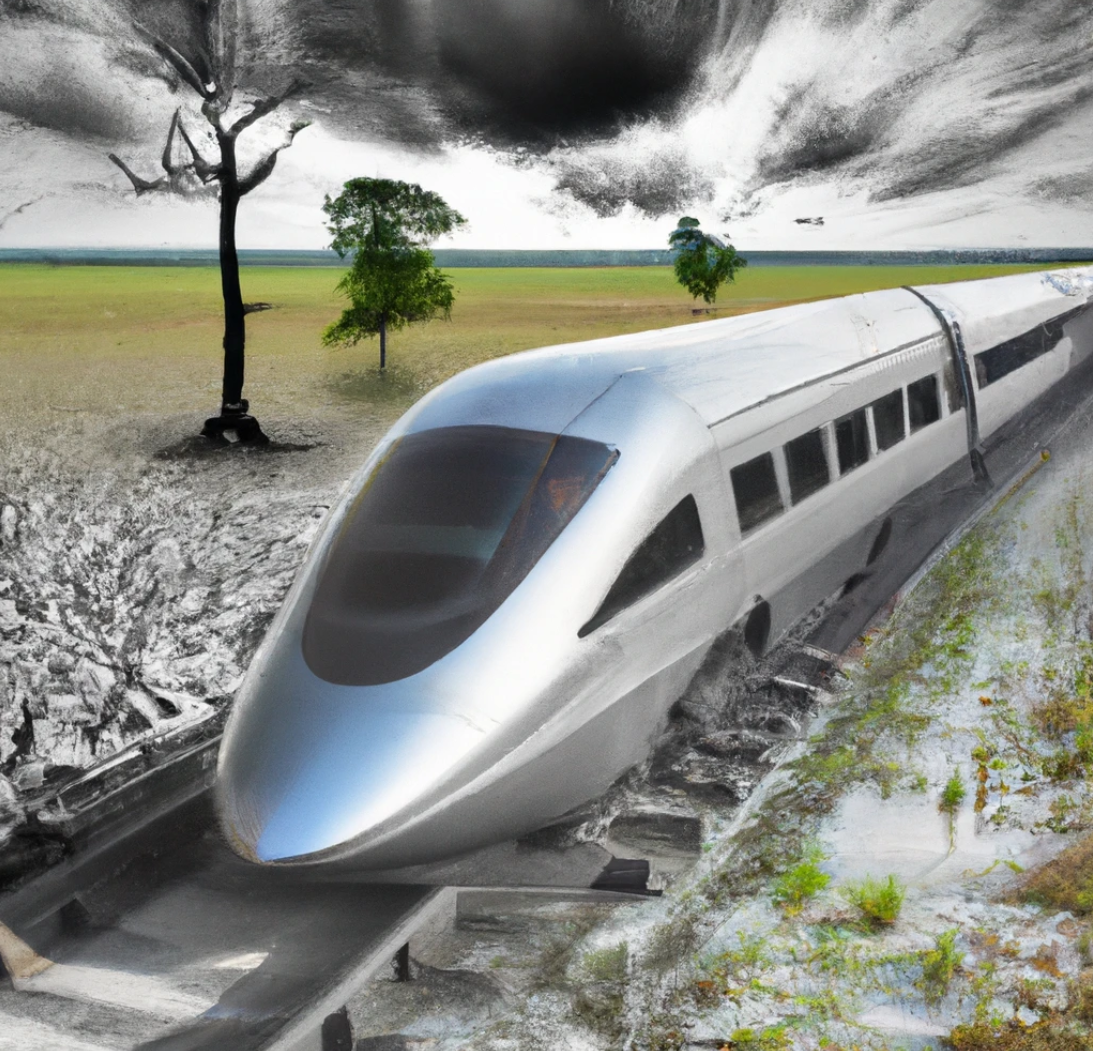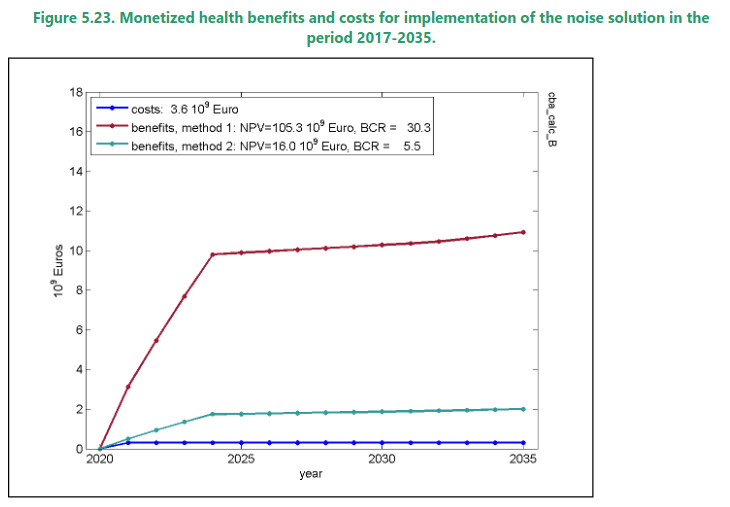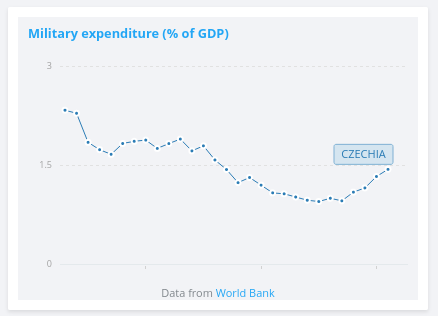Costs of Personal Rail Transport in the CR and High-Speed Rail Construction
Rail travel in the Czech Republic: What does it really cost us? And how will the construction of high-speed rail (HSR) impact the state budget?
Rail travel is supported by two types of subsidies:
- Maintenance and investment in rail infrastructure, overseen by the Railway Administration (SŽ). According to the 2022 Transport Yearbook [1]https://www.sydos.cz/cs/rocenka-2022/, state budget investments in rail infrastructure through the State Transport Infrastructure Fund (SFDI) reached CZK 42.7 billion. Additionally, CZK 17.3 billion was spent on maintenance and repairs of rail tracks, totaling approximately CZK 60 billion invested in rail infrastructure from the state budget. The Railway Administration’s annual report for 2022 [2]https://www.spravazeleznic.cz/documents/50004227/156465524/V%C3%BDro%C4%8Dn%C3%AD+zpr%C3%A1va+2022/06df59a1-94fa-4360-85b7-a0c7dc6bc129 cites nearly CZK 61 billion. The report also reveals that revenue from rail usage and allocated capacity (i.e., the fee for a train traversing the tracks) amounted to just under CZK 4 billion. This implies that every CZK 1 in revenue in 2022 was backed by CZK 15 from the state budget.
- Subsidies to operators like Czech Railways (ČD), which manage the majority of passenger rail transport, are significant. The ČD’s annual report for 2022 [3]https://www.ceskedrahy.cz/sites/default/files/soubory-ke-stazeni/financni-zpravy/vyrocni-zprava_2022.pdf shows that from its total revenue of almost CZK 27 billion from passenger transport, operating subsidies exceeded CZK 16.8 billion. ČD received CZK 4.5 billion from the state and another CZK 12.3 billion from regions. Despite substantial subsidies, ČD reported a CZK 128 million loss in 2022. As per the Transport Yearbook 2022 [4]https://www.sydos.cz/cs/rocenka-2022/, total subsidies for passenger rail transport amounted to CZK 19.2 billion, CZK 5.4 billion from the state budget and CZK 13.8 billion from regional budgets. In 2022, passenger rail transport served nearly 174 million passengers, equivalent to 9,500 million passenger-kilometres [5]https://www.sydos.cz/cs/rocenka-2022/. Taking into account only the subsidies to operators, this translates to a CZK 110 subsidy per passenger and about CZK 2 per kilometre travelled. With current ticket prices at roughly CZK 2 per kilometre, this means passengers paid about half the carrier’s costs, with the rest subsidised.
Currently, the state debt exceeds CZK 3 trillion and is realistically unpayable. Yet, representatives across the broad political spectrum, without any responsibility to the citizens of our country, are pushing for further trillion-CZK investments, with the VRT investment undoubtedly being economically non-returnable.
Considering total railway subsidies (investment, repairs, and maintenance, along with payments to public service operators) of CZK 79.3 billion, each passenger was subsidised by CZK 455, and each kilometre travelled by about CZK 8.3. This indicates that for the current fare of about CZK 2 per kilometre, more than CZK 8 came from subsidies. In essence, in 2022, 1 kilometre of train travel cost about CZK 10, with passengers covering only 20% of the real cost.
The burden of rail transport on the state budget Economists often express budget expenses as a percentage of GDP. However, let’s consider what percentage of the state budget’s revenue is allocated to rail transport subsidies. Before COVID-19 in 2019, rail transport subsidies constituted just under 3% of state budget revenues (CZK 44.3 billion out of a total income of CZK 1,523 billion). By 2022, this figure had risen to 4% (CZK 65.5 billion out of total revenues of CZK 1,624 billion) [6]https://www.sydos.cz/cs/rocenka-2022/. Since 2020, our budgets have been significantly in deficit, meaning that we need to borrow to cover expenditures, implying that rail subsidies are also subject to interest rates.
High-Speed Rail Construction (VRT). According to our top political leaders, the construction of VRT is a major challenge for integrating into Europe. But what will it cost us? The original budget for the VRT network was CZK 450 billion, with a 30% reserve making about CZK 600 billion. Today’s expanded network has a budget of CZK 800 billion [7]https://zdopravy.cz/stat-hleda-800-miliard-korun-na-vysokorychlostni-trate-138422/. According to the Association for Infrastructure Development, the time cost was calculated at CZK 1,250 billion in 2023 [8]https://www.sudop.cz/admin-data/storage/get/368-12_tomas-janeba-financovani-vrt.pdf. However, the state does not have the funds for such an investment. We can expect tens of billions of CZK in subsidies from the European Union [9]https://zdopravy.cz/stat-hleda-800-miliard-korun-na-vysokorychlostni-trate-138422/. The rest will have to be paid from our taxes gradually in the form of green bonds or PPP projects (private capital investments), which, however, only represent a postponement of payments over time. It is questionable how private investors will flock to an investment that is realistically loss-making without strong subsidies – see the first paragraphs of the article. PPP projects also mean indebting future generations.
Minister Kupka plans for the next 10 years to invest CZK 2.8 trillion in transport infrastructure and a total of CZK 5.1 trillion by 2050 [10]https://www.idnes.cz/ekonomika/doprava/silnice-investice-desetilety-plan-zeleznice-rychlovlaky-kupka.A230627_104456_eko-doprava_cfr. Currently, about CZK 150 billion is invested annually in transport infrastructure. According to Minister Kupka’s intention, however, this will average about CZK 280 billion per year over the next decade. Given the current rate of inflation and GDP growth, this amount, in my estimation, will represent about 12% of the state budget revenue.
The State Fund for Transport Infrastructure (SFDI) is already borrowing more than CZK 20 billion per year from the European Investment Bank (EIB) outside of the state budget for investments in transport infrastructure [11]https://www.sudop.cz/admin-data/storage/get/357-1_zbynek-horelica-financovani-zeleznicni-infrastruktury-z-rozpoctu-sfdi.pdf. As we were informed at a meeting in the Senate of the Czech Republic in March 2022, EU subsidies for eligible investment expenditures on the construction of VRT reach a maximum of 30%. The remainder of the total estimated time cost of CZK 1,250 billion will have to be addressed through PPP projects or by issuing bonds. The CZK 800 billion necessarily invested by the state at a 3% interest rate means CZK 24 billion per year just for servicing this debt, and of course, interest on these interests will accrue. From the above calculations, it is evident that the VRT project will increase the state’s debt by at least several hundred billion to 1 trillion CZK.
In addition to the VRT project, our government also plans to build nuclear power plants with a total investment over time of more than CZK 2 trillion. It will also be necessary to build backup gas sources for electricity production from green sources (particularly photovoltaics in our case). Massive investments are also being made in armaments.
It is advisable to ask our political leaders where they will find the money for projects with trillion-CZK budgets.
Currently, the state debt exceeds CZK 3 trillion and is realistically unpayable. Yet, representatives across the broad political spectrum, without any responsibility to the citizens of our country, are pushing for further trillion-CZK investments, with the VRT investment undoubtedly being economically non-returnable.
Jan Mikulka
References







